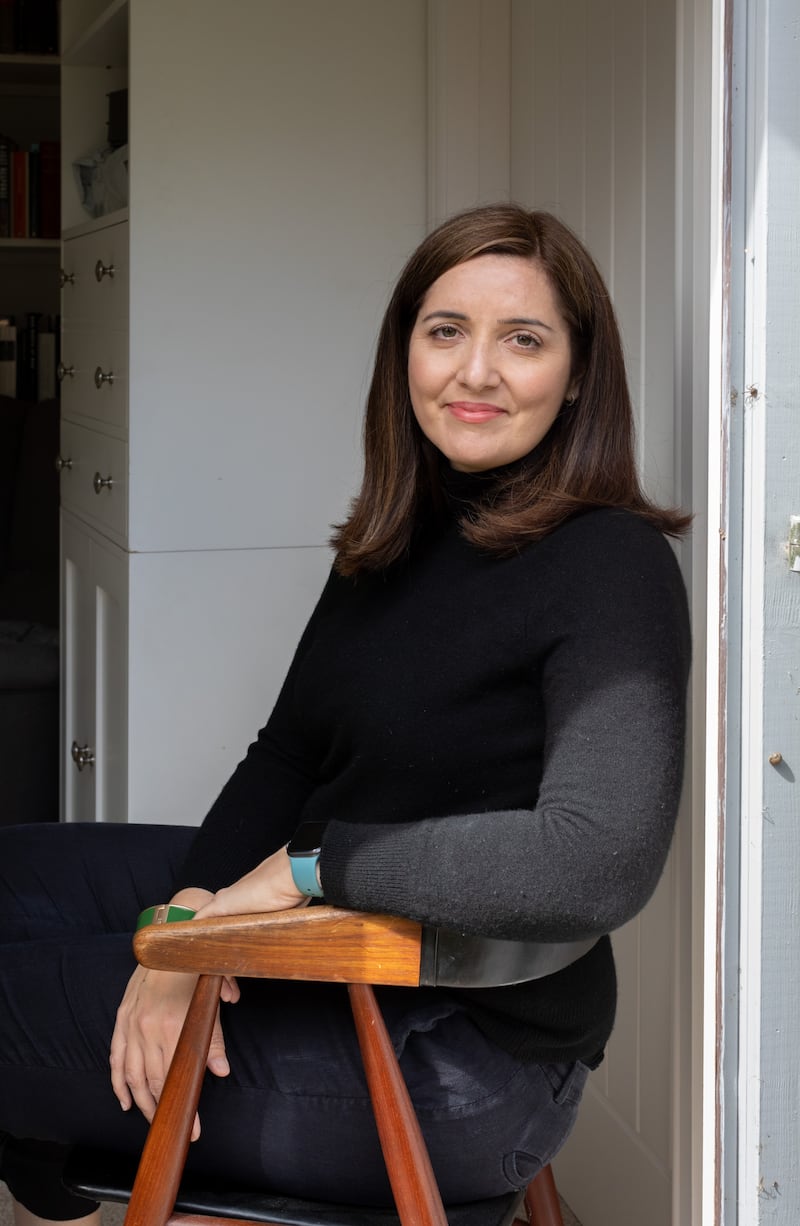Writers will write a book. And rewrite. And edit, polish and publish. After which a strange thing often happens: they forget.
They forget details – characters’ names, ages, places. They might even forget larger plot points. An author once told me of how a reader asked her why, in her first novel, two characters married at the end. That never happened, thought the author. Except that she later opened the book and found that it had. The author had travelled the path from living with a story and fretting over every major narrative point to forgetting it to such an extent that she was as surprised as any reader by that twist.
Throwing the phenomenon out to fellow authors on Twitter returned a lot of exclamatory replies of recognition. A stand-out was from the children’s author and illustrator Marie-Louise Fitzpatrick, who recalled how she “once didn’t recognise my own opening line when it was read out at an award ceremony. I was the eejit looking around wondering whose book that was.”
It seems counterintuitive that a writer could forget their own story, given that they might have spent years with it, conjuring up every detail, writing many drafts, reading it through several edits until they are, frankly, glad to be rid of it. After that they’ll be expected to talk to the media and to readers about the book, answering questions both general and precise. They’ll be quizzed about preceding books, too, constantly reminded of all they’ve done so far.
RM Block
But a confusion can come almost immediately thanks to layers of writing and editing that mean a writer mightn’t always be sure what made the cut and what didn’t. Several readings of a manuscript will have incorporated notes from one or more editors, and, for the author, a late addition or change mightn’t stick in the mind. When Neil Gaiman and Terry Pratchett wrote Good Omens it reached a stage where neither was sure who had written which character or come up with what joke.
“I forget a lot of what I write,” says Jane Casey, whose recently published The Close is the 10th book in the bestselling Detective Maeve Kerrigan series. “Partly because I’ll often write three or four different versions of a book, thanks to editorial input, and sometimes I can’t remember what was published and what ended up in the rejects folder.
“If you ask me to recognise my own writing out of context, I can, but I won’t necessarily know where it came from. I forget character names, titles of books, whole plots and twists, who the villain turned out to be... This only applies to my own books, because I have pin-sharp recall of books I’ve read. Just not the ones I write.”

It’s rare that you’ll find a writer comfortable with rereading their own books, so a story can pretty quickly become more familiar to the reader than to its writer, especially when it’s part of a series that can be read back-to-back years after the first book hit the shelves. What’s brand new to the reader might be ancient history to the author.
“Readers often remind me of things that the characters have said in the past and how they relate to the current book,” Casey says, “which is weird, because obviously I didn’t always know how something would eventually read in the light of the plot developments. I know where the next couple of books are going, but I haven’t planned out everything across the entire series.”
Readers will often be the ones to point out inconsistencies. Casey mentions that her recent book shows a character struggling through a five-a-side soccer game. How so, asked a reader, when in the fourth book, The Stranger You Know, he was described as having had a trial for Arsenal? “I rewrote it for the paperback,” Casey says. “Having said that, I am really good on houses and other locations – I like to imagine them very fully, and I could probably draw the floorplans for the main locations in the series from memory.”
However, a writer’s fog can stretch beyond mere details. The entire experience of writing a book can feel something like a half-remembered dream. “With any book you might think, Did I dream that chapter?” Patricia Forde, the children’s writer and recently appointed Laureate na nÓg, says. “And then there are paragraphs where I could tell you exactly where I was, what I was doing when I wrote it. But it’s only to be expected when a novel is 40,000 or 50,000 words.”

Forde, whose latest book is The Girl Who Fell to Earth, says that young readers are particularly prone to reading a book multiple times until they know every word. But with more than 20 books for children, in English and Irish, ranging from picture books to novels, Forde says that even the milestone that was her first book, Tír Faoi Thoínn, is lost a bit in the mists.
“The very first book I wrote was based on a Macnas parade that we did in Galway. I was involved in Macnas, and it was about a land under the sea. That’s a long time ago, about 30 years, and I would be hard pressed to remember the details of that story now. I remember the kind of big headlines of it, but the smaller stuff I would definitely have forgotten.”
In a twist, the memory fog does occasionally swing in the other direction, with readers insisting that things have occurred even when they haven’t. “I’m not the kind of writer who keeps file cards on their characters and locations, even though I wish I was,” Jane Casey says. “I do find that some things have become blurry for the readers too. Some of them are convinced Maeve has red hair and green eyes – actually dark hair and grey eyes! – so there is the ‘Mandela effect’, where they’re sure I’ve got it wrong and I know I haven’t.”
Forde has experienced this too. “It’s happened to me a couple of times where I’m talking to someone about the book and they say, ‘I loved the scene where this happened,’ and I’m thinking, That never happened. And I go back and check the book and it didn’t happen. So, obviously, when readers are reading – I do this myself – when they finish and they’re thinking about the book they invent their own thing. It might be something alluded to, such as saying it’s when two characters met. But I’ll know the characters never met. They imagine it happening.
“In the beginning I used to argue it,” she says, laughing. “Now I’m far cleverer. I just say, ‘Oh, good, I’m so glad you enjoyed that, wherever you made it up in your head.’”
The ‘continuity editors’
When authors find it hard to keep track of their own stories, especially over a long series, publishers will sometimes step in and keep tabs.
They create “bibles” filled with the important details of the main character and their biography, such as what school they went to, what food they like, their pets’ names – anything that is relevant. There might be an index of all characters, major and minor; it can be helpful simply for avoiding the repetition of names.
Other things might be included, such as street names or places visited. Timelines can be tricky, too, especially in series where the characters don’t age, meaning it’s important to avoid too many birthdays or major feast days.
Lengthy fantasy and sci-fi stories can contain a multitude of characters and places that can easily get out of hand. While authors are better at keeping track of an overarching plot, they can get tripped up by their own detail and seek help from an editor. The Harry Potter series had its own “continuity editor”, who would anticipate such problems – and respond to reader observations – in an attempt to keep things as consistent as possible.
Readers play their part more widely, too, with major series having very detailed and active Wiki pages, meaning that little escapes scrutiny and that inconsistencies are quickly pointed out.






















